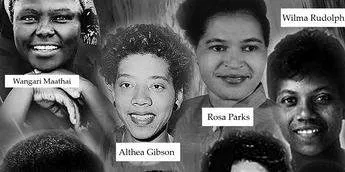
It’s a frequent misconception that March’s designation as Women’s History Month celebrates a strike by female garment workers in New York City on March 8, 1857, or 1908.
Why is the month of march dedicated to just women?
Despite intimidation from the authorities, a group of women from various workplaces allegedly banded together to seek improved working conditions and the opportunity to vote. This isn’t true because such an event was not recorded in history.
International Women’s Day was initially celebrated on February 28 to honour the gathering of women suffragists and socialists in Manhattan on that day in 1909.
It was a German activist, Clara Zetkin who proposed that they observe International Women’s Day during an international conference of working women in Copenhagen one year later, on March 8, 1910. They all concurred.
The first International Women’s Day was observed on March 8, 1911, in Austria, Switzerland, Germany, and Denmark; however, it wasn’t until 1975, when the United Nations took over sponsorship of the event, that it became widely observed in the United States and other places.
United States President, President Jimmy Carter announced March 8 to be the commencement of National Women’s History Week in March 1980. In 1987, the US Congress proclaimed March to be Women’s History Month. Since then, March has been designated as Women’s History Month by every president.
The point of Women’s History Month is to raise awareness of the contributions that women have made to culture and society which often goes unrecognised. It’s a month when women’s achievements are lauded and praised throughout history.

Leave a Reply